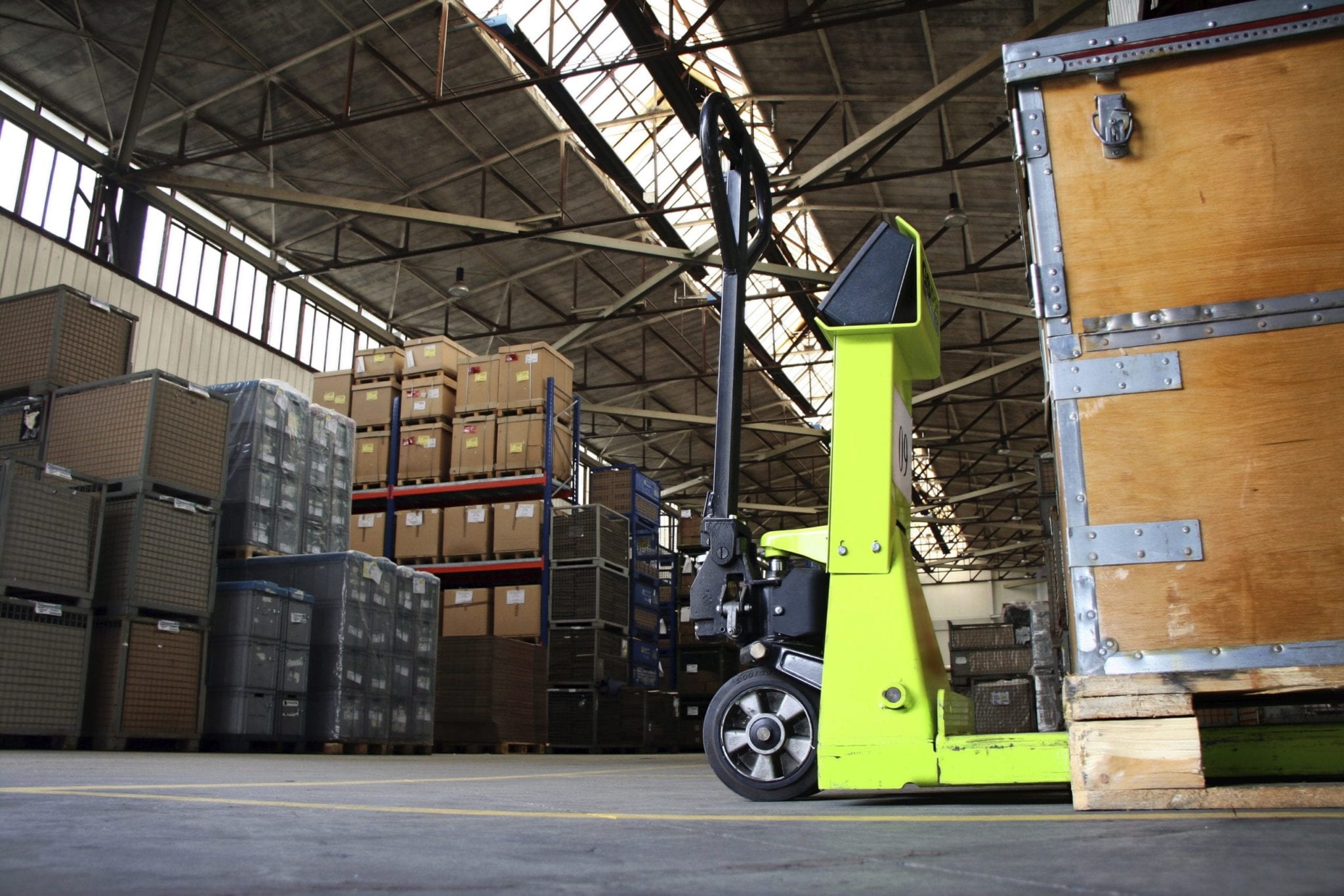Without strong internal controls, organizations are much more susceptible to fraud. This is especially true for manufacturers, who experience the third highest percentage of all fraud cases according to the Association of Certified Fraud Examiners’ (ACFE) 2016 Global Fraud Study.
Finding Fraud Opportunities in Inventory
Pressure, opportunity, and rationalization are considered the three components of every fraud. If a fraud perpetrator is looking for an opportunity at a manufacturing organization, they’ll frequently find it somewhere in the inventory cycle. The ACFE found that a majority of schemes were related to asset misappropriation. Inventory is a vulnerable piece of operations because there is often a high amount of volume, a large number of employees with physical access, and there can be many different steps in the production process. Those risk factors become compounded when the inventory is small, has a high value or is in high demand. Below are a few controls to implement to detect possible inventory fraud.
Detective Controls:
- Perform inventory counts
- Carry out reviews or reasonableness checks for production costs and inventory
- Review or investigate inventory write-downs
- Reconcile labor and overhead costs charged to inventory
Cutting Costs through Fraud Prevention
According to the 2017 Leading Edge Alliance Manufacturing Outlook Report, most manufacturers consider cutting operational costs to be a top priority to succeed. With the average fraud in the manufacturing industry lasting 18 months and costing $194,000, it’s crucial that organizations both implement internal controls as soon as possible and/or have maintenance procedures in place.
While there is no one-size-fits-all approach to an internal control system, below are some internal controls manufacturers can implement to prevent inventory-related fraud:
Preventive Controls:
- Limit and restrict physical access to inventory and materials to only include authorized employees
- Segregate the inventory custody from other duties such as billing, purchasing, shipping or recordkeeping
- Establish a formal policy to identify and designate scrap or defective items
- Separate the responsibility for identifying or designating scrap from disposing of it
- Require employees with inventory responsibilities to take time off. When someone else performs their duties, inappropriate behavior can be caught
- Install video cameras in warehouses where inventory is stored
For help assessing and improving your organization’s internal control environment to prevent fraudulent activity, contact an Anders advisor.




